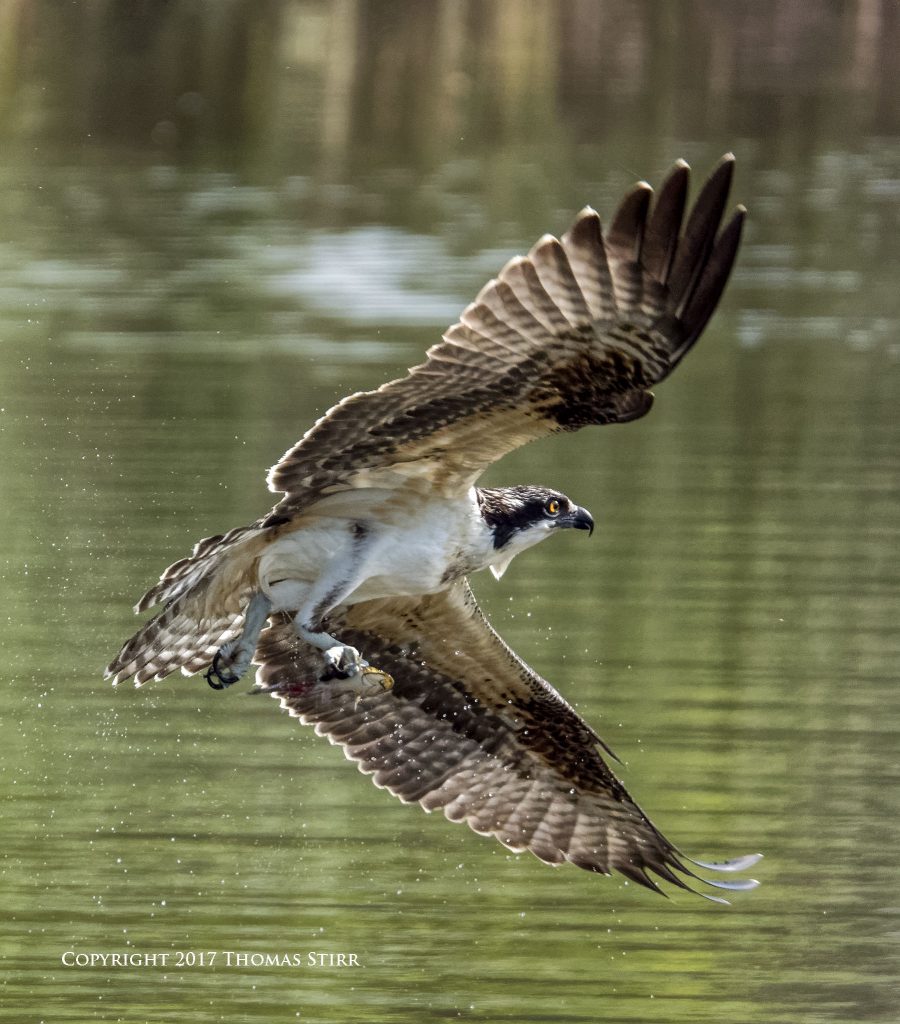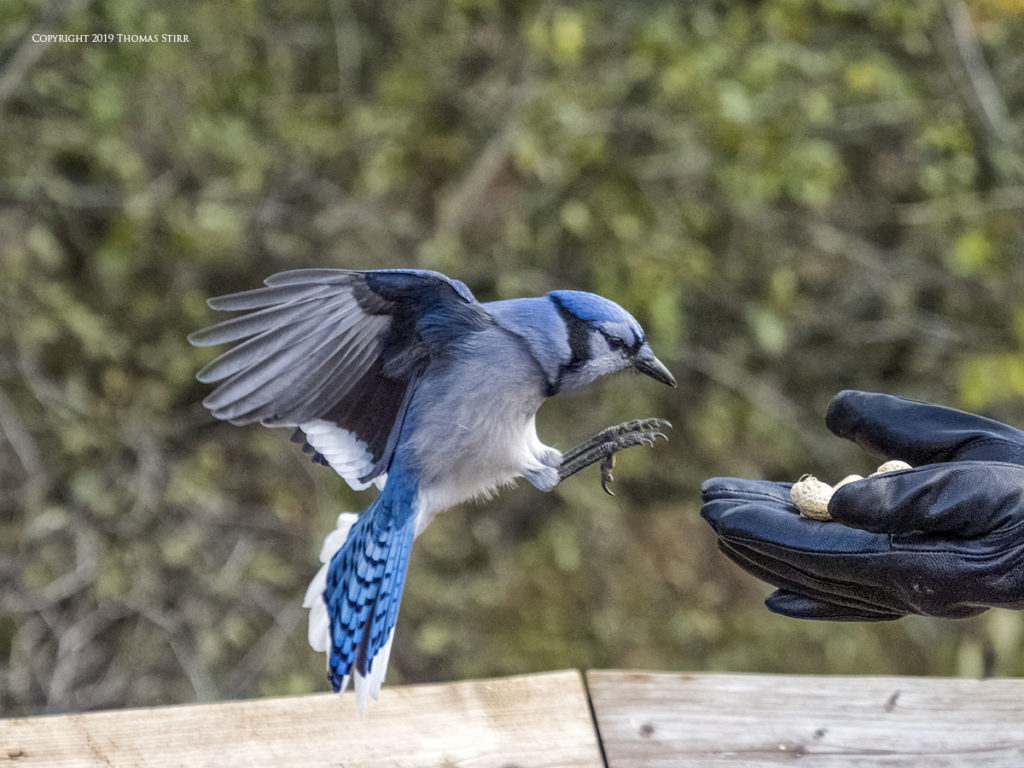As innovations with mirrorless camera technologies continue to grow, the availability and use of fast frame rates has become more prevalent.
Some of us ‘mature folks’ remember that it wasn’t that many years ago that a continuous auto-focusing frame rate that even approached 10 frames-per-second was thought to be ‘blazing fast’. A lot has happen over the past decade or so.
NOTE: Click on images to enlarge.

My first real experience with fast frame rates was when I bought a Nikon 1 V2 back in 2013. I can recall being out with my Nikon 1 gear at various birding spots using continuous auto-focus at 15 frames per second, capturing images of birds-in-flight.

As soon as that familiar sound of my V2 began rattling off frames I’d get some glances from other photographers. Some would come over and ask questions about the gear that I was using as they were curious about the frame rate. After I bought a Nikon 1 V3 body my continuous auto-focusing frame rate increased to 20 frames-per-second in continuous auto-focus. The questions continued.

Like many other photographers who were dipping their toes into the mirrorless camera pond, I typically shot in continuous auto-focus… primarily because of a habit that had developed in my DSLR days. It almost felt like heresy to shoot at fast frame rates unless continuous auto-focus was involved.

Since I had no experience shooting at fast frame rates with the first frame locking exposure and focus, it felt like a risky thing to do. Part of me was intrigued with using fast frame rates like the 60 frames-per-second my V2 and V3 bodies offered. So, I dabbled with this capability in specific situations. It was an epiphany. I could capture images I was unable to reliably get in the past.

I’d look for opportunities when a bird was about to take flight and try to time my shutter release just before it launched. When I started out, I missed more launches than I captured, but the experience was still valuable as it taught me the importance of watching bird movements in order to anticipate their behaviour.

By late 2017 I was using 60 frames-per-second on a more frequent basis to photograph larger birds taking flight and feeding. I still had a number of misses or partial misses… especially with small, fast birds. What made it all worthwhile were the image captures that did work. They revealed progressive changes in body position and action that fascinated me.

I was willing to invest some time to address my skill shortcomings in terms of shutter release timing… and practiced regularly. I loved the resulting images of precise moments that were successfully captured at 60 frames-per-second. Many of them revealed behavioural details I’d never seen before.

Fast frame rates brought a new dimension to my bird photography and other subject matter. A new world of opportunities opened up. It enabled me to reliably capture specific moments like a heron juggling a fish in its bill at 60 frames. A hummingbird in flight at 15 frames per second.

Or, an aerobatic surfer pulling some wild moves in the waves.

Things really got interesting when I made the move over to Olympus. I quickly learned that using Pro Capture H with a fast frame rate of 60 frames per second could produce terrific results capturing birds taking flight, or coming in to land.

Photographing dragonflies taking off and coming in to land became something that I could capture on a very reliable and consistent basis.

Dragonflies are extremely quick, so shutter release timing took some practice. Once that skill was honed, using fast frame rates with Pro Capture H at 60 frames per second was a very simple process. I’d typically leave a photo session at the Royal Botanical Gardens with far more images of dragonflies in flight than I could possibly use.

Photographing swallows taking flight or coming in to land also became something very easy to accomplish using fast frame rates and Pro Capture technology.

It didn’t take long before I had one of my Custom Pre-sets programmed for Pro Capture H use at 60 frames per second. And, another one of my pre-sets programmed for birds-in-flight at 18 frames per second. I became enthralled with capturing small birds in flight.

I’d often pan with a bird and wait for something interesting to happen. Then, more often than not… be able to capture an interesting action photograph. It was incredible to me that I could consistently capture images of terns doing a mid-air shakes. There was no guesswork involved.

It has been somewhat surprising to me that I still meet photographers who own cameras that are capable of fast frame rates, but they seldom use that technology.

You don’t have to be a bird photographer to enjoy using fast frame rates. Photographing family pets and children can take on a new perspective with fast frame rates.

Insects like bees, dragonflies and butterflies that may be in your own backyard can rekindle a love of nature when their movements are revealed at fast frame rates.

Relying on the first frame of an image run to lock exposure and focus can be unnerving at first. The key is to remember that if your subject is moving parallel to the camera’s sensor it will stay in focus. It is also helpful to remember that when fast frame rates like 60 fps are used, the subject isn’t going to cover much distance in a 1/4 or a 1/2 second… unless it is flying straight at you.

Fast frame rates are now available in a wide range of cameras. Regardless of the sensor size, brand, or model… if your camera is capable of fast frame rates… do yourself a favour and experiment with everything available. You’ll get more functionality from your camera and have a lot of fun doing so.
Technical Note
Photographs were captured handheld using camera gear as noted in the EXIF data. Images were produced from RAW files using my standard process. For those readers who are interested in calculating equivalent field-of-view, multiply the Nikon 1 focal lengths by 2.7 and the Olympus focal lengths by 2. This is the 1,255 article published on this website since its original inception in 2015.
How you can help keep this site advertising free
My intent is to keep this photography blog advertising free. If you enjoyed this article and/or my website and would like to support my work, you can purchase an eBook, or make a donation through PayPal. Both are most appreciated.
Our eBooks include Images of Ireland, New Zealand Tip-to-Tip, Nikon 1: The Little Camera That Could, Desert & Mountain Memories, Images of Greece, Nova Scotia Photography Tour, and a business leadership parable… Balancing Eggs.
If you click on the Donate button below you will find that there are three donation options: $7.50, $10.00 and $20.00. All are in Canadian funds. Plus, you can choose a different amount if you want. You can also increase your donation amount to help offset our costs associated with accepting your donation through PayPal. An ongoing, monthly contribution to support our work can also be done through the PayPal Donate button below.
You can make your donation through your PayPal account, or by using a number of credit card options.
Word of mouth is the best form of endorsement. If you like our website please let your friends and associates know about our work. Linking to this site or to specific articles is allowed with proper acknowledgement. Reproducing articles, or any of the images contained in them, on another website or in any social media posting is a Copyright infringement.
Article is Copyright 2023 Thomas Stirr. Images are Copyright 2014-2022 Thomas Stirr. All rights reserved. No use, duplication or adaptation of any kind is allowed without written consent. If you see this article reproduced anywhere else it is an unauthorized and illegal use. Posting comments on offending websites and calling out individuals who steal intellectual property is always appreciated!

